If you want more muscular and strong legs, squats are your best friend. But don’t be fooled; there are two sorts of squats, which differ not only in appearance but also in personality!
The back squat is reminiscent of that person at the gym who thinks they are an expert at everything. He loves being the center of attention, can lift the heaviest loads, and has a reputation for making you think of him the next time you have a leg day. The back squat is ideal for developing overall lower body strength and will allow you to say “Hello, here I am” to your glutes, hamstrings, and quads.
The squat before, on the other hand, is isolated, like this timid and ringard gaming. in a corner and almost no one notices, yet who continues to win the scientific competition year after year. The squat before rests on technique and stability, and you will notice it most in your thigh and quads.
Now, with the squats, like with any relationship, it is important to go slowly and carefully. It is best to start slowly and with less weight until you master the technique, then increase the charge. Be careful to always listen to your body, otherwise, you can walk like a penguin for the rest of the week.
So, whether you’re a lover of squats behind or squats in front, try incorporating both into your workout program, because this may
Help you adopt a more balanced and comprehensive approach. Also, remember to put your ego aside and enjoy yourself!
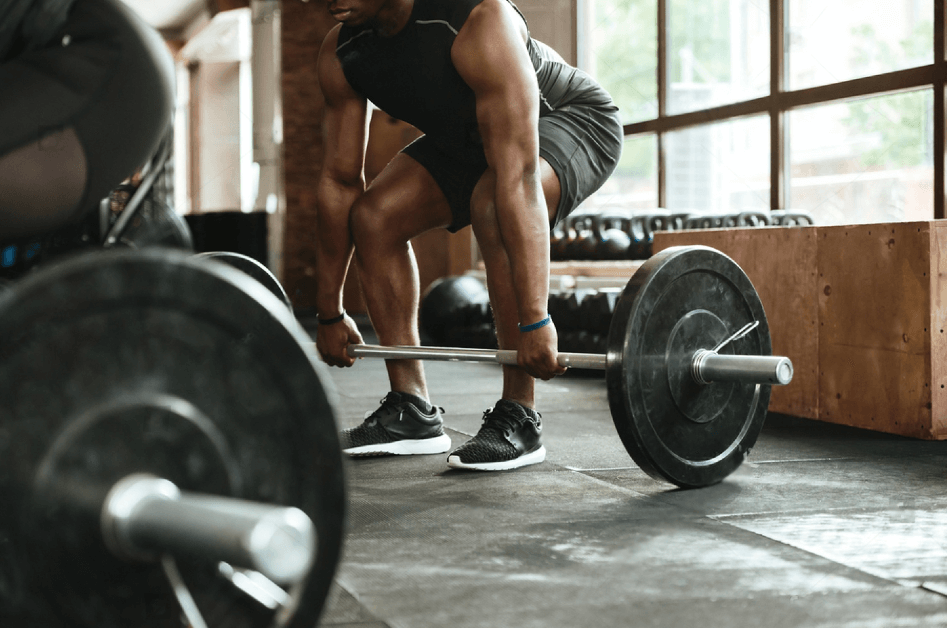
Table of Contents
Etudes scientifiques montrant les avantages des squats
Several scientific studies demonstrate the benefits of squats for strengthening the lower body and improving overall physical condition. For example, a study published in the Journal of Strength and Conditioning Research found that both forward and backward squats are effective for improving lower-body strength, even though forward squats place more emphasis on the quadriceps than backward squats.
Furthermore, including squats before and after a workout routine might improve an athlete’s power output. A study published in the Journal of Sports Science & Medicine revealed that the combination of back squats and front squats in an exercise regimen entailed more significant Improvements in vertical saut performance compared to back squats alone.
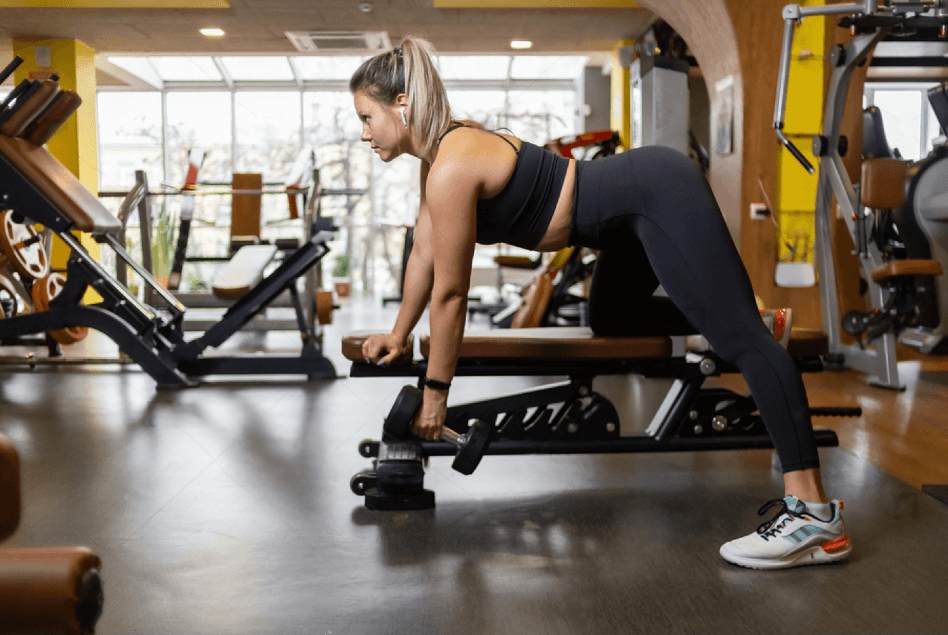
Make your Leg Day go faster!
Leg Day is a popular workout that works the hamstrings and quadriceps and develops the muscles. But is your training sufficiently intense? Opt for a more stimulating and intense jamming workout with these unilateral exercises.
Your jambs are often not balanced. During unilateral exercises, your weaker leg is no longer assisted by your dominant side, allowing you to compensate for lateral differences. Furthermore, you may lift more weight than during bilateral exercises (such as traditional squats or earth squats), allowing you to develop your force more effectively throughout your leg training. In science, it is This is known as a bilateral deficit. Michael Boyle, an American coach who specializes in strength and conditioning, defines a bilateral deficit as “the difference between the sum of actions performed with your left and right muscles, and the weight that you can bear bilaterally.” However, according to a meta-analysis of 785 people, working on one side stimulates the other, which is especially interesting after an injury.
Discover the advantages of unilateral training. However, we begin with the five sorts of squats on a jamb to try for a sustained session.
All exercises may be tailored to your fitness level: you decide whether to use dumbbells or kettlebells or to train at Body weight.
Split Squats.
Traditional split squats (fences) may already be an integral component of your training regimen. If this isn’t the case, now is the time to add them. Begin with debouting, taking a step back with your right foot, and bending your knees to bring your right foot closer to the ground. Repoussez le sol avec votre pied avant de vous lever.
- Muscles: fessiers, cuisses (particularly quadriceps).
- Pay attention: shift your weight to your front leg. Contrary to popular belief, your genes can be somewhat higher than your orteils. Pay more attention, however, to the stability of your genes so that it does not turn inward.
Reverse lunges (fentes inversées).
In this other sort of fence, you perform the same movement as in traditional split squats. Nonetheless, you return to your starting position after each repetition. As a result, you will work your stability, balance, and muscular endurance more intensely than with split squats.
- Muscles: fessiers, cuisses (particularly in ischio-jambiers)
- Attention: If you lose balance, slow down the pace. For muscle development, it is more necessary to do the exercise correctly than to be fast.
Lateral Squats (Squats Latéraux)
Again, you begin in a godly posture. Take a big step to the side with your right foot. Keep your feet aligned and your shoulders slightly turned outward. Pull the right knee in and lean to the left to do a side face. Return to your starting position and switch sides, or for more intensity, do all reps on one side, then the other.
- Muscles: glutes, thighs (particularly the adductors).
- Keep the right dos and the contracted tronc.
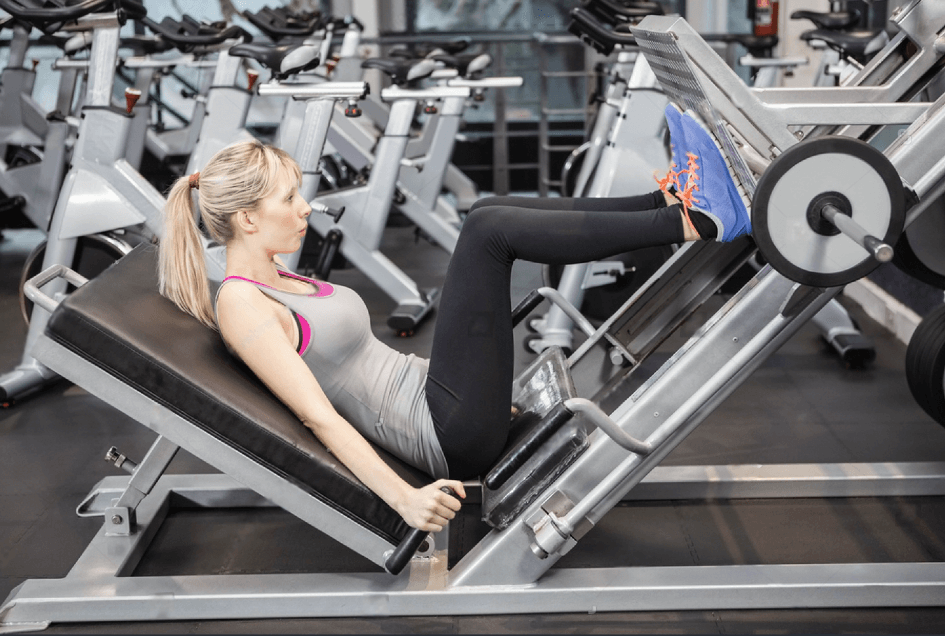
Curtsy lunges (crossed feet)
Start in a standing position, with your core contracted. Take a diagonal step behind your supporting leg with your right leg. From this posture, place your back knee and bend your front knee about 90°, keeping your upper body straight. Before returning to your starting posture, push off the ground with your foot. Repeat the movement.
- Muscles: cuisses, fessiers
- Pay attention to whether the knee support remains stable.
3 exercises for improving your traction
Tractions have long been on the list of things you’d like to master someday. You train on the lat pulldown, ram, and try preliminary steps like eccentric tractions. However, you are still unable to hold the traction bar perfectly, and you have not been able to do so in more than one attempt. We are certain that you have enough strength in your arms and legs. So, it is a good time to pay more attention to your forearms and work on your anticipation strength to supplement your traction exercises.
The power of prehension allows you to grasp objects firmly. Does this seem logical? This is the case. Nonetheless, it is frequently the case that presumptive exercises are postponed, even though they are beneficial.
Des choses. The power of anticipation helps you overcome daily challenges, such as carrying heavy bags. It also improves your workout performance. Sometimes athletes are unable to move weight when they perform ground or air exercises, even if they have the necessary force. What they lack is the necessary precognitive power. If you lack prehension force, you will be unable to use all of your upper-body muscle strength. Whether you want to learn to do tractions or not, your physical condition will undoubtedly benefit from these exercises.
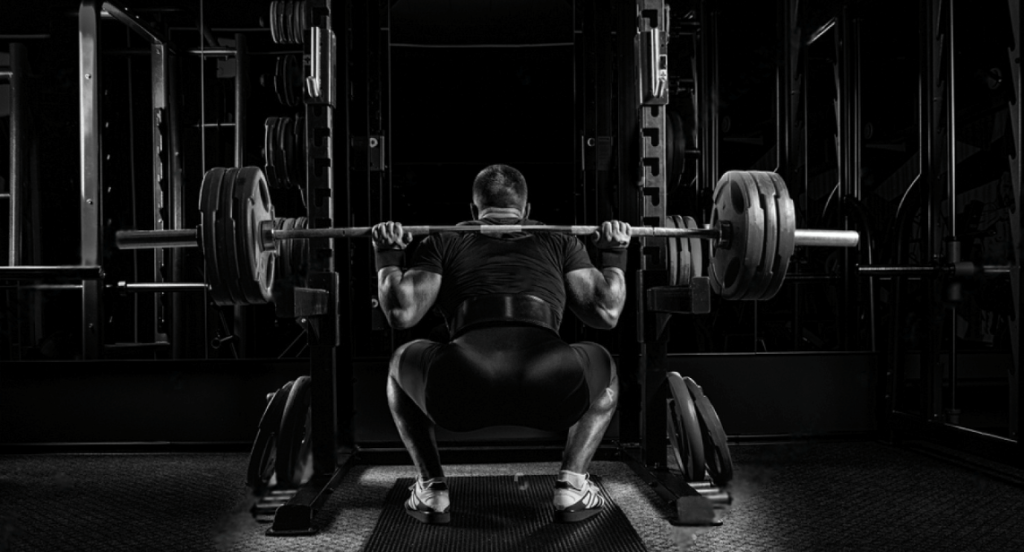
Farmers carry
There is nothing like what farmers wear to improve their perceptive power. During this exercise, you will carry two heavy kettlebells (or haltères), one in each hand. It is also feasible to carry weighted discs or a hexagonal bar. Do you want to lift the weight for as long as possible, up to three minutes? Try extending the exercise by a few seconds each time. If there is enough room in your gym, you can just walk in a straight line, but you may also do the exercise while walking on the spot and timing yourself.
Muscles: full-body training, with a focus on the shoulders and forearms, upper back, shoulders, abdominals, obliques, and lower back.
Remember not to grab the weight too tightly to avoid exhausting your prehension force too quickly. Pay attention to your body’s tightness, particularly around the waist, and don’t let the weight cause you to relax. Farmers’ carry is an intense exercise for the entire body. The heavier the weight, the more difficult it will be to carry.
Dead hang or scapula pull-ups.
There is no easier exercise than this one. In terms of description, in any case. Adhere to a traction bar with a grip on the outside of your elbows and remain in this posture. The dead hang passively. Your arms are still tense, and your elbows are sliding towards your ears. Pay attention not to lose your equilibrium and allow gravity to pull you in. You work on your omoplates and tronc while in an active dead hang. Here, we focus mostly on your precognitive force, which is why we choose the passive variety.
Start with 3 x 10 seconds and gradually increase the duration of the exercise. When you can hold for about 3 x 60 seconds, try varying the location of the Grip and using a neutral grip (your palms face each other), or exercising on rings rather than a barbell. Less stable, rings present a broader challenge. Flex your bras to make the exercise more intense.
As you can see in the video, scapula pull-ups improve your pre-positioning strength. They also prepare you for tractions by strengthening the muscles of the omoplate and improving muscular control. To do this exercise, come out of the passive suspension position by bringing your omoplates closer to your coccyx and lowering them while keeping your arms extended.
If the movement is difficult to visualize, start at the beginning. Extend your arms upward and try to focus only on the shoulder blade plates by pulling them downward. Have you noticed that your chest wakes up automatically? Perform this movement while hanging.
- Muscles: Your shoulder and hand muscles, as well as your elbows and triceps, are heavily used.
- Reminder: If you still can’t hold the bar, place your toes on the ground (or in a container).
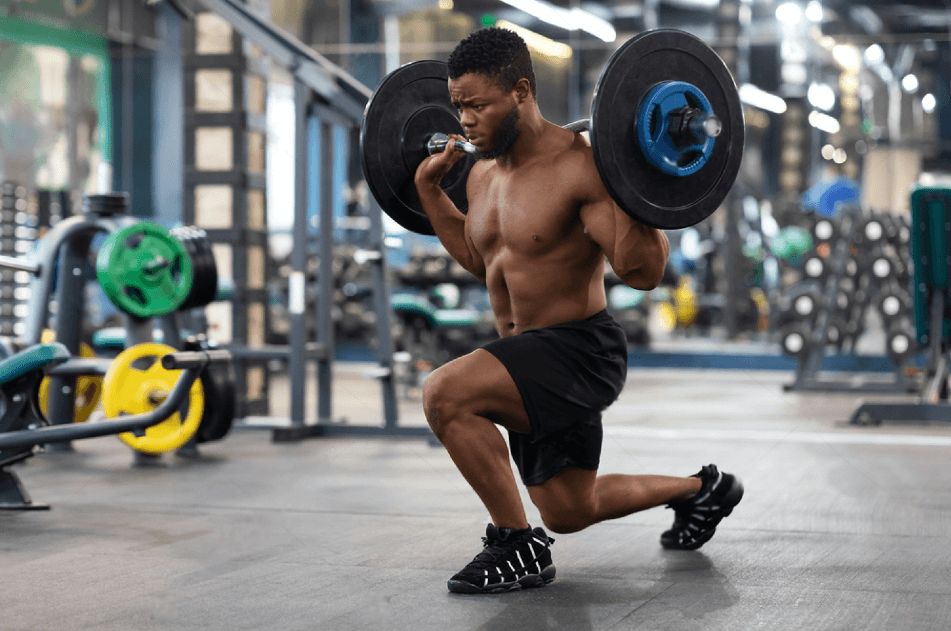
Bicep curls inverted with stoppers
You’ve probably done bicep curls before. But have you tried the opposite version? To perform this exercise, grip your weight on top so that your palms are facing your thighs or, if you’re moving, on the floor. Your arms are still a little bent. Standing with your upper body straight, exhale and direct the halters toward your pit, folding the bras and letting them fall in front of your thighs in a controlled manner. Hold your elbows close to your body.
- Muscles: brachial and anterior biceps muscles, extensor and flexor muscles of the hand.
- Remember: don’t use too much force to move the weight. Move only your forearms, keeping your elbows close to your body and gripping your trunk and buttocks. The movement results from the articulation of the code.
You may easily incorporate these exercises into your training three to four times each week, preferably at the end. It is not necessary to do all three in each session. Choose them based on your training. For example, if you’ve engaged your dos intensively, abandon the farmer’s carry and instead use reverse bicep curls to strengthen your grip. You will so avoid having bruises all over your body the next morning.




